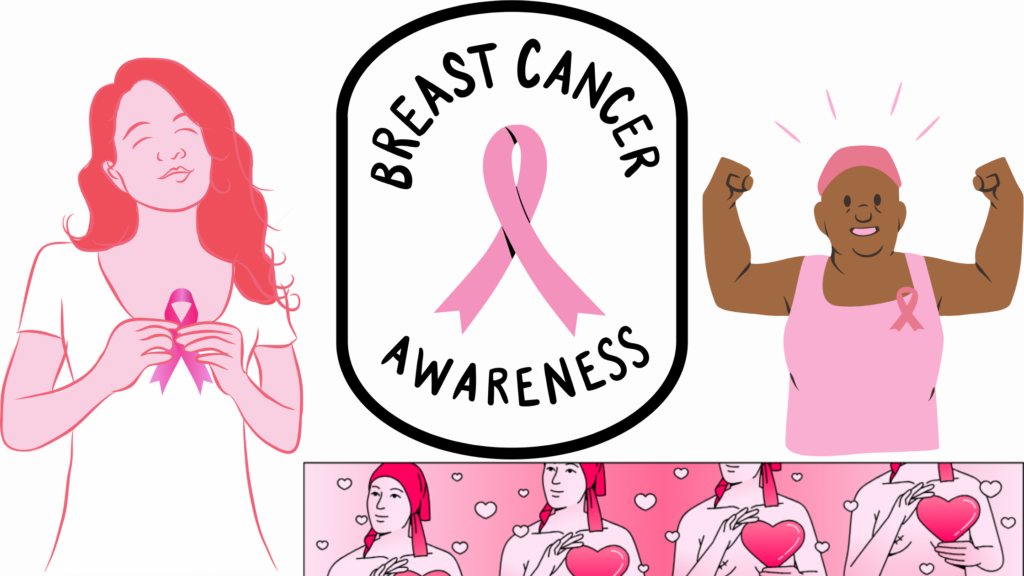Human Metapneumovirus (HMPV) is a respiratory virus belonging to the Pneumoviridae family, first discovered in 2001.
It shares similarities with the respiratory syncytial virus (RSV) and often causes upper and lower respiratory infections.
Symptoms resemble the common cold or flu, including cough, fever, and sore throat. Severe cases can lead to bronchitis, pneumonia, or asthma exacerbation.
Vulnerable groups include children under five, older adults, and those with weakened immune systems. HMPV spreads through respiratory droplets, close contact, and contaminated surfaces.
Preventive measures include frequent handwashing, wearing masks, and avoiding touching the face.
10 facts about Human Metapneumovirus (HMPV):
- HMPV is a viral respiratory pathogen first identified in 2001.
- It mainly affects children under 5 and older adults.
- The virus causes respiratory illnesses such as bronchiolitis and pneumonia.
- Symptoms include cough, fever, and shortness of breath.
- HMPV is highly contagious through close contact and respiratory droplets.
- It primarily circulates during the winter and spring months.
- There is currently no specific treatment or vaccine available.
- Supportive care and antiviral medications may be prescribed for relief.
- The virus can lead to complications like respiratory failure.
- High-risk individuals may experience severe illness requiring hospitalization.



















